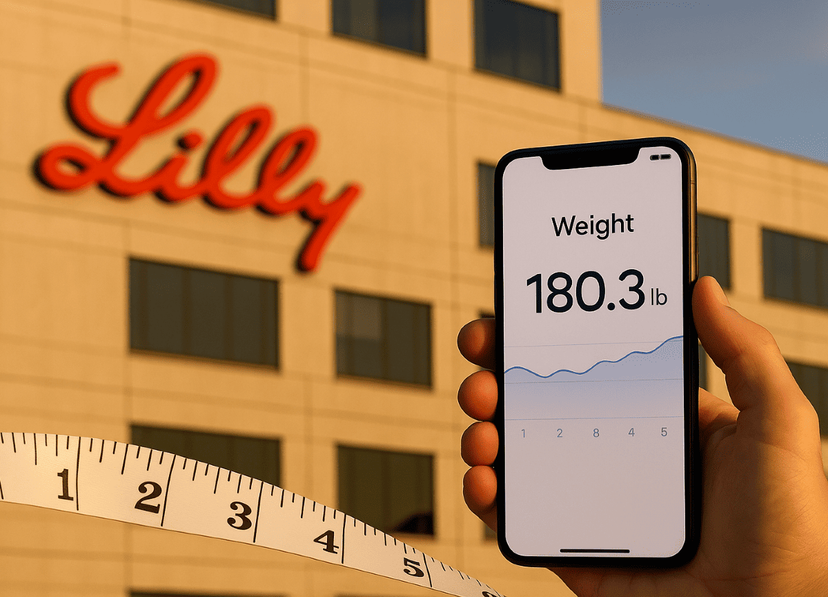UBS Lifts Mid-2026 Gold Price Outlook as Rate Bets Shift
By Tredu.com • 11/20/2025
Tredu

Why UBS is getting more constructive
UBS Lifts Mid-2026 Gold Price Outlook as Rate Bets Shift reflects a turn in the bank’s base case: cooler real yields into 2026, a less volatile dollar, and sustained official-sector buying. In dealer notes, several desks echoed the same phrasing, UBS Lifts Mid-2026 Gold Price Outlook, as a convenient shorthand for the call. The upgrade arrives as markets fade near-term cut hopes but still model an easier policy stance over a multi-quarter horizon.
The macro mechanics behind the call
The thesis rests on three pillars. First, real yields are expected to trend lower as disinflation inches forward and policy rates settle closer to neutral. That eases the opportunity cost of holding bullion. Second, the dollar path looks more range-bound on a two-year view, which reduces headwinds for non-U.S. buyers. Third, fiscal arithmetic points to persistent Treasury supply, a backdrop that can cap real yields even if growth proves resilient. The combination is constructive for gold’s carry-free profile.
Central banks remain the steady bid
Official-sector purchases have become a structural feature of the market. Reserve managers in emerging economies continue to diversify, citing sanction risk, currency concentration, and the appeal of an asset without counterparty exposure. While monthly flows are lumpy, the multi-year trend supports price stability during risk-off episodes. UBS argues that steady central-bank demand, even at a slower clip than the recent peak, should help the market digest investor swings.
Investment flows: ETFs and futures positioning
Exchange-traded funds tied to bullion have shown tentative stabilization after a period of redemptions. If real yields ease and the dollar softens at the margin, ETF inflows often follow, which thickens the spot bid. On futures, managed-money length has moderated from earlier highs, creating room for fresh longs if macro data break favorably. The bank’s scenario analysis assumes modest net inflows rather than a surge, reflecting a still cautious risk backdrop.
Physical demand and regional dynamics
In Asia, price sensitivity persists. Indian demand has tended to improve on dips, helped by wedding-season buying and retail promotions. In China, local premia over international benchmarks have narrowed from extremes, yet remain supportive for domestic offtake when price volatility calms. Jewelry and bar-coin demand will not lead a rally on their own, but they can underpin floors when financial investors de-risk.
Supply, mine plans, and recycling
Mine supply is set to edge higher only slowly as new projects balance grade pressure at legacy assets. High capital costs and lengthy permitting limit a rapid supply response. Recycling volumes usually track price spikes, adding elastic supply during rallies, then receding when prices consolidate. UBS’s framework assumes a modest increase in scrap during up-legs, not enough to derail trend gains if investment and official-sector bids firm.
Risks that could derail the view
Three risks top the list. One, a durable dollar upshift if global growth diverges or policy differentials widen. Two, stickier real yields if inflation proves persistent or term premia rise faster than expected. Three, renewed ETF outflows if risk assets rally hard and portfolio hedges are reduced. Secondary risks include a sharp rebound in mine-project deliveries or regulatory changes that alter central-bank purchase behavior.
What would validate the upgrade
A consistent pattern of cooler core inflation, stable to lower real yields, and a softer dollar would reinforce the bullish trajectory. Evidence that central-bank purchases remain net positive on a four-quarter rolling basis would add confidence. On market plumbing, a turn to net ETF inflows and firmer Asian premia would show that both financial and physical channels are aligned with the forecast.
Trading and hedging implications
For asset allocators, the call supports moderate gold overweights as a portfolio diversifier. For discretionary macro, the setup favors buy-the-dip tactics around event risk, with defined-loss structures that respect near-term volatility. Miners with cleaner balance sheets and improving cost curves can offer torque, but exposure should be sized with fuel, labor, and jurisdiction risk in mind. Options markets currently price orderly ranges; call spreads dated into late 2026 can express the thesis without paying full volatility.
What to watch next
Focus on the next two inflation prints, the upcoming payrolls report, and guidance from major central banks on balance-sheet policy. Track Treasury issuance calendars and auction tails for clues on term premia. In the gold micro, monitor ETF flow streaks, COMEX positioning, Shanghai premia, and Indian import patterns. A synchronized turn across these indicators would signal that the path set out by UBS is gaining traction.
Bottom line
UBS raised its mid-2026 gold forecast on the view that real yields ease, the dollar steadies, and central-bank buying endures. If those conditions materialize, bullion should hold a firmer floor and grind higher on dips. If they do not, the range can persist and rallies may fade. The call is a measured upgrade, not a moonshot, and it frames gold as a patient compounding hedge rather than a sprint.

How to Trade Like a Pro
Unlock the secrets of professional trading with our comprehensive guide. Discover proven strategies, risk management techniques, and market insights that will help you navigate the financial markets confidently and successfully.


